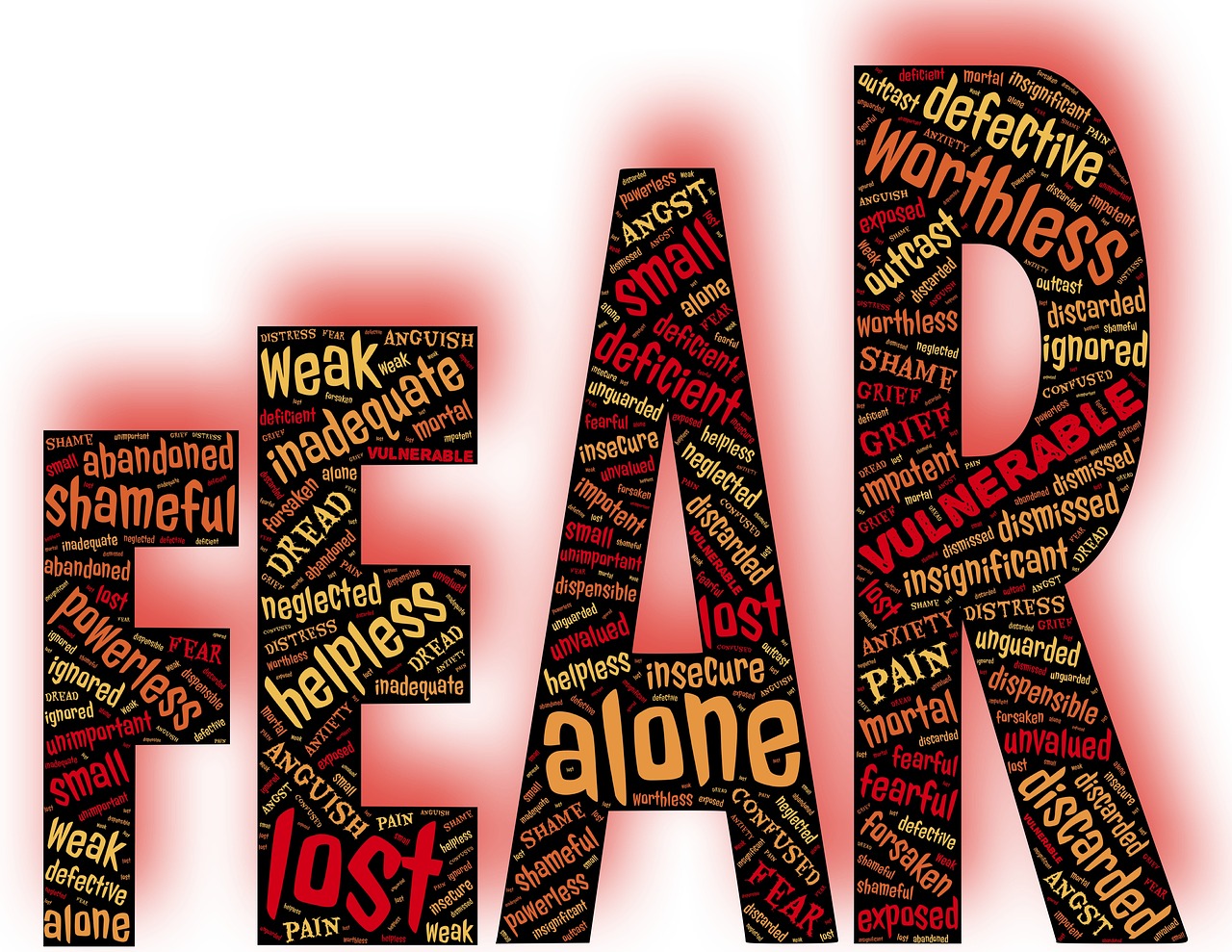Anxiety
"To better understand your body's natural response to stress”Definition of Anxiety:
Anxiety is a feeling of worry, nervousness, or unease, typically about an imminent event or something with an uncertain outcome. First, Anxiety is not the same as nervousness or panic. Nervousness is a very human and important emotion that can happen following an event or a difficult period in your life. If it lasts and starts affecting other parts of your life (i.e., work, relationships, etc.) this is when anxiety may be the cause. Panic tends to be both a feeling associated with anxiety but also can progress to a heightened “attack” representing symptoms that are more acute.
First, ask yourself some questions:
- Is your worry related to and an appropriate reaction to real life events or is it there regardless of whether life is going well or not?
- Have you found that you are having trouble concentrating or making decisions because of constant apprehension?
- Do you struggle with bouts of fatigue, insomnia or muscle tension due to feeling “keyed up” or on edge?
- Ever find yourself having periods where you feel as though you are losing control or like something is terribly wrong that last for several minutes.
Signs (what may be observed by others) and Symptoms (what is reported by a firefighter).
- Feeling nervous for long periods without full relief.
- Feeling “chronically” powerless.
- Having a sense of impending doom or danger, this may or may not lead to panic.
- Having an increased or irregular (palpitations) heart rate.
- Finding yourself during times of worry breathing rapidly (hyperventilation).
- Waking up at night with cold sweats and worry.
- Finding your hands or body trembling when you are not cold.
- Feeling weak or tired often.
- Having trouble concentrating or thinking about anything other than whatever is your present worry.

Panic Attacks: A panic attack is a sudden episode of intense fear that triggers severe physical reactions when there is no real danger or apparent cause. Panic attacks can be very frightening. When panic attacks occur, you might think you are losing control, having a heart attack or even dying. Panic attacks typically begin suddenly, without warning. They can strike at any time — when you are driving, at the station, sound asleep or in the middle of training. You may have occasional panic attacks, or they may occur frequently. Panic attacks have many variations, but symptoms usually peak within minutes. You may feel fatigued and worn out after a panic attack subsides.
Other Issues to Consider as there are a great deal of symptom cross over with medical issues.
Panic attacks typically include some of these signs or symptoms:
- Sense of impending doom or danger
- Fear of loss of control or death
- Rapid, pounding heart rate
- Sweating
- Trembling or shaking
- Shortness of breath or tightness in your throat
- Chills
- Hot flashes
- Nausea
- Abdominal cramping
- Chest pain
- Headache
- Dizziness, lightheadedness or faintness
- Numbness or tingling sensation
- Feeling of unreality or detachment
Feelings of anxiety can be connected to or triggered by many medical disorders; a few examples are as follows:
- Heart disease and/or recent heart attack or surgery.
- Blood sugar level and/or Diabetes.
- Thyroid issues, such as hypothyroidism or hyperthyroidism.
- Alcohol/Illicit Drug abuse or withdrawal.
- Side effects from medications.
- Irritable bowel syndrome.
- Rare tumors (pituitary/pancreatic, etc.) that produce certain “fight-or-flight” hormones.
- Premenstrual syndrome.
- B-12 deficiency.
Goals:
We often want to make changes in our life but sometimes do not know where to start. Goal setting can help you identify where you want to go and the steps needed to get there. Goals should be realistic, concrete, and specific.
- Identify your goals
Take some time to think about the things that you would either like to do or that you want to change in your life. Try to identify some short-term goals (things you would like to work on over the next couple of weeks or months), medium-term goals (things you would like to be able to do in six months or a year from now) and long-term goals (things you are hoping to accomplish in your lifetime). Goals can be related to a variety of life areas such as:
- Relationships (friends and family)
- Career
- Finances
- Health
- Lifestyle
- Personal development
- Break goals into smaller steps
Many goals can be broken down into smaller steps. This is especially true of medium and long-term goals. If your goal is to promote at work, an initial goal may be to ask two co-workers who want to promote as well to form a study group.
- Identify obstacles
Once you have established a realistic and concrete goal, identify any obstacles that may be standing in the way of accomplishing your goal. For example, one of the obstacles for going to the gym may be finding childcare. Therefore, if you have set a goal of going to the gym for 30 minutes on your day off, you will have to arrange for a babysitter or use the babysitting service at the gym.
- Schedule your goals
You are more likely to complete your goals if you are clear about what you are going to do and when you plan to do it.
- For example, your goal may be to practice relaxation exercises or meditation for 30 minutes on Saturday morning around 10 a.m.
- Use a day planner or calendar to help you remember to complete your goals.
- Carry out your goals
Now that you have picked a goal, you need to start taking the necessary steps to follow through with it. However, it can be hard to get started. In addition to writing down your goal (e.g. work out at the gym for 30 minutes after work on your day off), you can write out the steps that you will need to take to complete it. You are more likely to take the steps needed to achieve your goal if you write them down first.
These goals are only examples; use them as guide not an absolute. You know if there is a problem, let NOW be the time to fix it.
Lastly:
Reaching out for help is never a sign of weakness, but rather one of strength. It may be intimating, annoying or frustrating to think about what to do and how to approach overcoming this, but it can be done. You do not have to do it alone. If you cannot reach or maintain all of these goals on your own, contact a member of the GRFD peer support team, medical provider, or reach out to EAP.
Reference: https://www.anxiety.org/what-is-anxiety#do-i-have-anxiety
FOR AN EMERGENCY SITUATION NEEDING ASSISTANCE ASAP – CONTACT 911
Disclaimer
The information provided is just a resource and should never be substituted for professional help.
If you are in need of assistance, please click the Jorgensen Brooks – EAP button to get information about the resources available.
